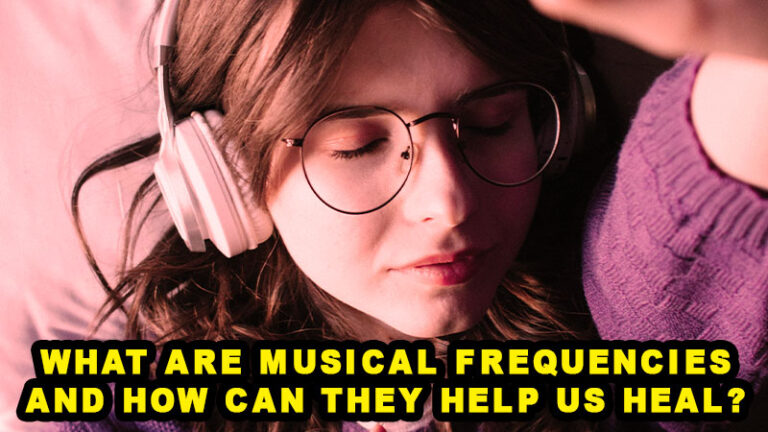Remember when making a music video meant spending thousands of dollars and hiring a whole crew? It is pretty much over. Nowadays, it is possible to make something that will appear as professionally done with just your laptop; all this is achieved via web-based editing software, which, however, is becoming very intelligent.
I just follow what some independent artists are doing with these new tools, and it is quite amazing what people can get away with using nothing but a browser and some ingenuity. Let me walk you through how CapCut’s AI video editor platform is making this possible for musicians who don’t have major label budgets.
Why Music Videos Matter More Than Ever
Let’s be real – people consume music differently now. Hey, of course we can stream songs, but it is on videos where the magic has to be done. Someone may find your track in TikTok, Instagram, or YouTube and, most likely, visualize it with your sound.
The thing is, that your fans will also want to know you as an artist, and not just the music. Your video is a story of you, it portrays your character, and provides the viewer with a piece that he or she can discuss. Outstanding songs may become a victim of the noise without decent visuals.
From Complicated to Click-and-Create
Here’s what I love about CapCut’s web version – you don’t need to download anything or figure out complicated software. Simply sign up, go to your browser, and there you go. The entire interface is one that you can see yourself using instead of having to open a manual to get a clue.
The outstanding characteristic is their level of organization. You have your templates, your editing tools, your export alternatives, all chemicals in a sensible manner.
It takes approximately ten minutes to learn the basics, even in the case you had never done it before.
The storage situation is pretty generous, too. Most musicians won’t hit the limits on the free plan, which is nice when you’re just starting out and watching every penny.
When AI Helps (Instead of Getting in the Way)
Now, I’ll be honest – I was skeptical about AI video creation at first. But CapCut’s AI video editor genuinely surprised me. You describe what you want, and it creates visuals that match your music’s vibe.
The cool part is how it listens to your track and picks up on the mood. If you’ve got a mellow acoustic song, it’s not going to give you flashing lights and rapid cuts. It somehow gets that your ballad needs softer transitions and warmer colors.
I’ve seen artists use this to create entire music videos in an afternoon. Sure, you’ll probably want to tweak things here and there, but having that foundation to work from saves so much time. Plus, the AI learns from your feedback, so the more you use it, the better it gets at understanding your style.
Making Your Lyrics Pop
One thing that bugs me about music videos is when you can’t follow along with the lyrics. Maybe the audio quality isn’t great, or the singer’s pronunciation is unclear. That’s where captions come in handy, but manually adding them is a total pain.
CapCut’s AI caption generator takes care of this automatically. You upload your video, and it figures out the lyrics and timing. The accuracy is pretty impressive – it catches most words correctly, even with different accents or singing styles.
What’s smart about it is how you can customize everything. You can match the caption style to your video’s aesthetic, choose colors that stand out against your backgrounds, and even add little animations to make key lyrics pop. It’s not just about accessibility (though that’s important too) – it’s about making your content more engaging.
Adding Your Voice to the Mix
Sometimes you want to add some narration to your music video – maybe an intro that sets the scene, or a little story between verses. Traditionally, this meant setting up recording equipment and hoping you get a clean take.
CapCut’s text to audio free tool changes this completely. You type what you want to say, pick a voice that fits your vibe, and it generates the audio for you. The voices have gotten way more natural-sounding lately – some of them are honestly hard to distinguish from real people.
What I really like is how you can adjust the pacing to match your song’s tempo and the emotional tone to fit your music’s mood. If you’re doing something upbeat, the narration can sound more energetic. For something more introspective, it can be softer and more thoughtful.
And speaking of voice tools, their voice changer is pretty impressive. Sometimes you want to add some character to your vocals or create interesting effects, and this tool can handle that without needing expensive studio plugins.
Getting Your Workflow Right
The key to making these tools work for you is having a solid process. I always tell artists to start with their concept before they touch any editing software. Know what story you want to tell, have your lyrics ready, and think about the overall mood you’re going for.
When you’re working with the AI video maker, the clearer your description, the better results you’ll get. Instead of saying “make it cool,” try something like “dark urban setting with neon lights and slow camera movements.” The AI needs details to work with.
If you’re working with a band or team, the cloud-based setup is convenient. Everyone can access the same project, leave feedback, and work on different parts simultaneously. No more emailing files back and forth or dealing with version confusion.
Fine-Tuning for Different Platforms
Here’s something people don’t always think about – each platform has its requirements. What works for YouTube might not work for Instagram Stories, and TikTok has its preferences entirely.
CapCut handles a lot of this automatically. You can export the same video in different formats for different platforms without starting over. The captions adjust for mobile screens, the aspect ratios change appropriately, and the quality settings optimize for each platform’s compression.
This is huge for independent artists who need to maximize their reach. You create once and distribute everywhere, instead of making separate videos for each platform.
Real Results from Real Artists
I’ve been following this independent artist, Sofia Chen, who completely transformed her online presence using these tools. Before, her videos looked pretty amateur – decent music, but visuals that didn’t match the quality of her songs.
After she started using CapCut’s AI video maker, her engagement went through the roof. We’re talking about a 340% increase in engagement within the first month. Her subscriber count started growing steadily, and she began getting attention from industry professionals.
The best part? She was doing everything herself, spending way less money than before, and enjoying the creative process. Instead of stressing about technical details, she could focus on the artistic side of things.
What’s Coming Next
The technology keeps getting better. CapCut is constantly adding new features, and the AI capabilities are expanding pretty rapidly. I’ve heard they’re working on even better language support for captions and more realistic voice options.
Virtual reality integration is apparently in the works, too, which could open up some really interesting creative possibilities. The line between what independent artists can do and what major studios produce is getting blurrier every month.
Time to Get Started
Look, if you’re making music and not creating videos, you’re missing out on a huge opportunity to connect with your audience. The barriers that used to exist – the cost, the technical complexity, the time investment – they’re basically gone now.
CapCut’s tools make professional-looking videos accessible to anyone with a decent internet connection. The AI Video Editing platform will do the heavy lifting, the caption generator can make your content more exciting, and the text-to-speech system will give your content a narrative without the need for a recording device.
You do not have to be a technical pro or have a large budget. All you require is some nice music and an experimental nature. Begin with easy things, learn along the way, and build your own style gradually.
Your music should be seen, not heard. Such tools enable you to do that, no matter how big your budget is or lack of technical experience. The playing field is level than it has never been before – what you need to do is capitalize on the same.
It is the future of music video creation that is within everyone’s reach. Why not?





